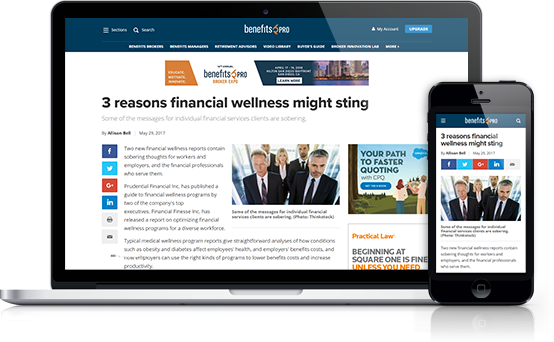Final rules governing multiple employer plans ("MEPs") are now on the table, leaving many small business owners wondering both what they should do to take advantage of the new rules and what they need to consider before jumping in.
Small business owners have a wide variety of retirement planning options to choose from, but the MEP is one that can offer the chance of minimizing the fiduciary risks and administrative expenses associated with providing employees with a 401(k) savings option. Despite the fact that the expanded rules may, at first glance, seem entirely advantageous, however, MEPs still pose potential pitfalls that must be considered—and employers should also consider the evolving retirement legislation proceeding through Congress before employers leap into MEPs.
|How MEPs expand small business retirement options
The new MEP regulations expand the availability of the MEP structure—which was previously limited to small businesses with a strong connection, such as those operating in the same industry—so that small business owners can now join with other entities to share in the costs and burdens of providing a qualified retirement plan if they merely operate in the same general location. The participating employers can be located in the same city, county, state or even multi-state region. Companies operating in the same industry can join together even if they operate in entirely different regions.
Recommended For You
Complete your profile to continue reading and get FREE access to BenefitsPRO, part of your ALM digital membership.
Your access to unlimited BenefitsPRO content isn’t changing.
Once you are an ALM digital member, you’ll receive:
- Breaking benefits news and analysis, on-site and via our newsletters and custom alerts
- Educational webcasts, white papers, and ebooks from industry thought leaders
- Critical converage of the property casualty insurance and financial advisory markets on our other ALM sites, PropertyCasualty360 and ThinkAdvisor
Already have an account? Sign In Now
© 2025 ALM Global, LLC, All Rights Reserved. Request academic re-use from www.copyright.com. All other uses, submit a request to [email protected]. For more information visit Asset & Logo Licensing.









